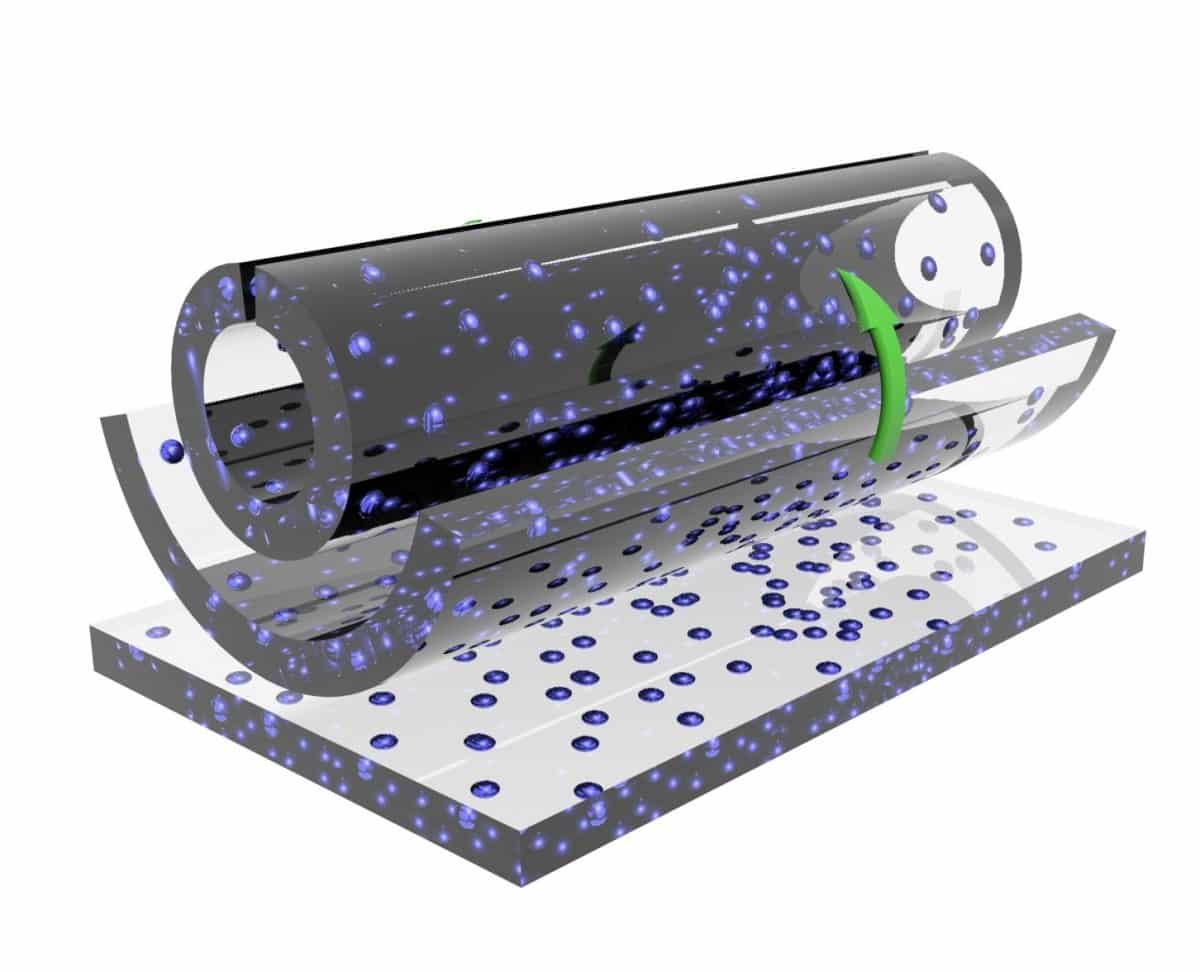
It would be a sensation if it were actually possible to artificially produce blood vessels using 4D printing. Because whether bypass or organ donation: The blood vessels from the printer could take over some vital functions. The goal of printing biomaterial in the fourth dimension is to work with time. Scientists describe this process as follows:
Four-dimensional (4D) bioprinting is a newly developed technology based on 3D bioprinting. However, it also integrates stimulation-sensitive biomaterials and produces active constructs that can change shape during stimulation to achieve the required functionality.”
SELF-ORGANISATION OF MOLECULES
Scientists from Bayreuth, led by chemist and materials scientist Prof. Dr. Leonid Ionov, hope that this will enable the polymer molecules used to organise themselves in space – without leaking. For their work, the scientists use so-called shape-memory polymers, which are also made of a biocompatible and biodegradable material. For 4D printing, the polymers are first melted – comparable to ink at this point – and then printed in liquid state

This way, the people of Bayreuth hope to achieve the desired quality.
Our methods should enable us to print very small vessels and vascular networks,” said the university professor.
Blood vessels are characterized by so-called crossings, in which two blood vessels join to form a new blood vessel. Ionov explains this:
Despite the enormous progress made in implantation medicine, there is still no satisfactory solution to the challenge of producing the finest blood vessels with high precision in the structures required.
COMBINATION OF POLYMER SCIENCES AND 4D PRINTING
In order to achieve their goal, the researchers combine two scientific approaches in their project. For example, the polymer scientists are investigating the fact that molecules organize themselves into new spatial structures under defined conditions. In the area of 4D printing, polymer layers are printed which are structured and interact with each other in such a way that vascular structures are created by themselves. Exactly those that are needed in medicine. The basic idea of the project can be compared with the Japanese folding technique “Origami”. Here, too, the temporal sequence of paper folds produces the most diverse figures and patterns.
RESEARCH IN TWO STEPS
First, the Bayreuth researchers want to find out whether the new approach for the artificial production of finely structured blood vessels works in principle in the desired way. Therefore, the question as to which polymeric materials are optimally suited for applications in living organisms is not yet an issue. If the research work turns out to be successful, the Bayreuth scientists will face another challenge: finding polymeric materials that not only have the necessary potential for self-organisation, but also do not cause rejection reactions or infections in the organism.
The scientists’ research goals include vascularised (supplied with blood vessels), artificial tissue and organs. However, 4D printing could also be of interest for non-medical areas where materials with channel-shaped pores with complex structures are required.
VOLKSWAGEN FOUNDATION
The Bayreuth project has a duration of 18 months and is funded by the Volkswagen Foundation with 120,000 euros from the program “Experiment!”. This funding initiative focuses above all on unconventional research ideas, methods and technologies. Everyone involved is aware that the research work will not necessarily be crowned with success. However, nobody is deterred: It is often precisely these extraordinary approaches that ultimately lead to groundbreaking innovations.








